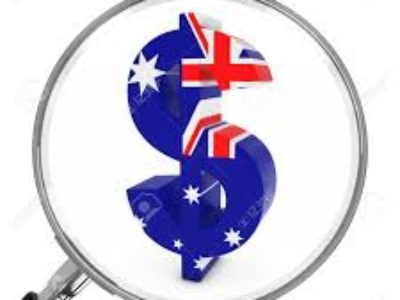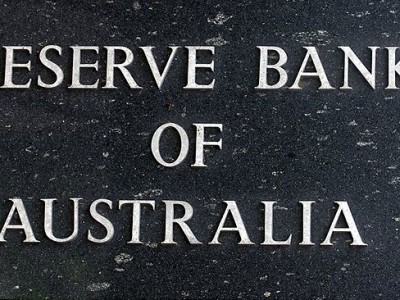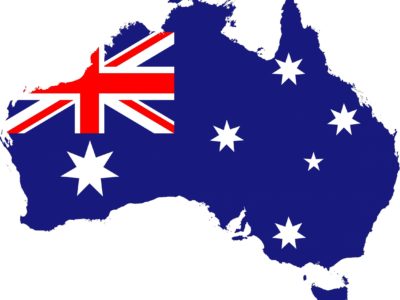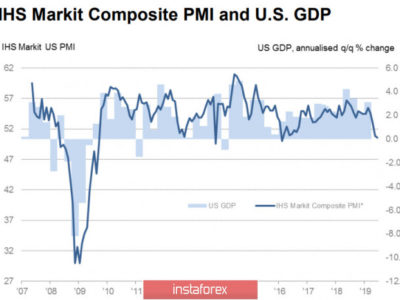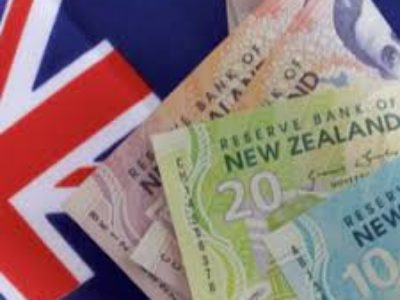Australian Dollar Edges Lower amid Wheat Belt Sowing Season
With Australia’s wheat sowing season well under way,[1] investors are paying more attention to the value of the Australian dollar. A weaker Aussie has helped support the nation’s export economy, which accounts for roughly 21% of gross domestic product.[2] With Australian growth shifting into lower gear, the agricultural sector will be looked upon to provide stability later this year when the harvesting period begins.
Australia’s Wheatbelt: A Massive Industry
Australia’s agricultural sector is a $155 billion industry that directly employs more than 300,000 people. When indirect employment is factored, total employment is estimated to be more than 1.6 million people.[3] As an export-driven economy, Australia’s agricultural sector is driven by foreign demand in places like China, Indonesia, Malaysia, South Korea, Japan and the Middle East.
Agriculture was a central component of the recently ratified China-Australia Free Trade Agreement (CHAFTA). China continues to be Australia’s largest agriculture export market. Approximately $9 billion worth of agricultural, forestry and fish products were exported to the world’s second-largest economy in 2014-15, up from $5 billion in 2010-11.[4]
Overview of Australia’s Economy
The Australian economy is facing headwinds in the early part of 2016, forcing the government to downgrade its outlook on economic growth for the foreseeable future. The Australian Treasury expects GDP growth to be 2.5% for fiscal year 2016-17, well below the historic average of 3%. Growth is expected to reach 3% in the next two fiscal years, which is below previous estimates of 3.5%.[5]
The world’s twelfth largest economy is facing unique challenges in 2016. Unlike previous periods, Australia faces a sharp downshift in inflation. So-called core inflation weakened to 1.5% year-over-year in April, the Melbourne Institute recently reported. That’s well below the Reserve Bank of Australia’s (RBA) target range of between 2% and 3%.
Weak inflation forced the RBA to slash interest rates by 25 basis points to 1.75% earlier this month. The move to cut rates to new all-time lows surprised investors, who expected the central bank to stand pat for a while longer.[6]
The Australian Dollar
The Australian dollar fell to fresh nine-week lows in the first week of May in response to the RBA’s weak inflation projections. The AUD/USD exchange rate plunged 3.2% in the first full week of May, falling to 0.7358. The pair touched an eleven-month high of 0.7802 just two weeks earlier.
According to Westpac Banking Corp, one of Australia’s big four banks, the Aussie is expected to face further downward pressure now that inflation appears to be tumbling.
“Inflation running at the bottom of the band as a base case is rather uncomfortable,” Sean Callow, a senior foreign-exchange strategist at Westpac, said in a statement published by Bloomberg. “Aussie-dollar trading ranges for the rest of the year just ratcheted lower.”[7]
Callow and other suggest there may be plenty of scope to ease monetary policy further in the coming months. However, the market is reacting much less favourably to accommodative monetary policy than in the past. Incoming RBA Governor Philip Low, who will take the reigns from Glenn Stevens in September, may have to convince investors that additional rate cuts are needed. Stevens didn’t have that problem. Since taking over as RBA chief seven years ago, interest rates have plunged from a high of 7.25% all the way down to 1.75%.[8]
A weak Aussie will likely be to the benefit of local wheat growers because it makes their produce more attractive for international buyers. Australia exported over 18 million metric tonnes of wheat in 2014-15, which accounts for roughly 80% of the country’s wheat production. The country’s wheat production is forecast at 24 million tonnes in 2015, according to the United States Department of Agriculture (USDA).[9]
[1] Land Commodities. Growing seasons in the Australian Wheatbelt.
[2] The World Bank. Exports of goods and services (% of GDP).
[3] The Conversation (August 26, 20150. “Australia’s ‘five strong pillar economy’: agriculture.”
[4] Australian Government, Department of Foreign Affairs and Trade. China-Australia Free Trade Agreement.
[5] Sam Bourgi (May 6, 2016). “RBA Monetary Policy Statement: Reserve Bank of Australia concerned about Weak Inflation.
[6] Sam Bourgi (May 6, 2016). “RBA Monetary Policy Statement: Reserve Bank of Australia concerned about Weak Inflation.
[7] Lilian Karunungan (May 5, 2016). “Australian Dollar Drops to Nine-Week Low as More Rate Cuts Seen.” Bloomberg.
[8] Sam Bourgi (May 6, 2016). “RBA Monetary Policy Statement: Reserve Bank of Australia concerned about Weak Inflation.
[9] United States Department of Agriculture (April 7, 2015). Australia: Grain and Feed Annual 2015.
The post Australian Dollar Edges Lower amid Wheat Belt Sowing Season appeared first on Forex.Info.
Source:: Australian Dollar Edges Lower amid Wheat Belt Sowing Season

